Junkyard Find: 1966 Toyota Corona Sedan

As I always mention when writing about the the Toyota Corona, my first car was a beige ’69 four-door. Examples of the first generation of the Corona sold in the United States remain defiantly uncollectible for the most part (though a few do get restored and/or customized here and there), which means that beat-up ones wash ashore at self-service wrecking yards when they no longer serve as cheap transportation. In this series so far, we’ve seen this ’68 sedan, this ’70 sedan, this ’70 coupe, and this bonus Corona ad from the February 1969 issue of Playboy. Today’s find is the result of an archeological expedition into an old backup hard drive dating from early 2007, so this California Corona was shredded and put on a container ship in the Port of Oakland about seven years back.
When I saw this car at the now-defunct Hayward Pick-Your-Part, I had a crazy idea that I was looking at my very first car (which I hadn’t seen since 1984). The color was right and the body damage looked familiar… but my car had a four-on-the-floor manual transmission, and this one had a three- or four-on-the-tree column shifter. Plus, closer examination showed that this car has no rear side marker lights (required on US-market cars starting in 1968) and a different grille.
Yes, column-shift manual-transmission Toyotas as late as 1966. The Corona, with its leaf-spring rear and coil-on-top-of-upper-control-arm front suspension, was mechanically pretty similar to the 1961 Ford Fairlane (though the Powerglide-based Toyoglide automatic transmission gave some Coronas more of a GM feel). The whole package seemed like sort of a 3/4-scale early-60s American sedan.
The first Coronas were imported into the US for the 1965 model year, so this ’66 is one of the first to reach these shores. I’m sure The Crusher ate some parts on this car that are now much-sought-after by the world’s handful of T40 Corona fanatics.
There’s not much demand for the pushrod 3R engine, though. This ancestor of the SOHC 20R and 22R engines was just as reliable as the later Hilux and Celica motors, but was even noisier and less happy being spun past 3,000 RPM.

Murilee Martin is the pen name of Phil Greden, a writer who has lived in Minnesota, California, Georgia and (now) Colorado. He has toiled at copywriting, technical writing, junkmail writing, fiction writing and now automotive writing. He has owned many terrible vehicles and some good ones. He spends a great deal of time in self-service junkyards. These days, he writes for publications including Autoweek, Autoblog, Hagerty, The Truth About Cars and Capital One.
More by Murilee Martin
Latest Car Reviews
Read moreLatest Product Reviews
Read moreRecent Comments
- W Conrad I'm not afraid of them, but they aren't needed for everyone or everywhere. Long haul and highway driving sure, but in the city, nope.
- Jalop1991 In a manner similar to PHEV being the correct answer, I declare RPVs to be the correct answer here.We're doing it with certain aircraft; why not with cars on the ground, using hardware and tools like Telsa's "FSD" or GM's "SuperCruise" as the base?Take the local Uber driver out of the car, and put him in a professional centralized environment from where he drives me around. The system and the individual car can have awareness as well as gates, but he's responsible for the driving.Put the tech into my car, and let me buy it as needed. I need someone else to drive me home; hit the button and voila, I've hired a driver for the moment. I don't want to drive 11 hours to my vacation spot; hire the remote pilot for that. When I get there, I have my car and he's still at his normal location, piloting cars for other people.The system would allow for driver rest period, like what's required for truckers, so I might end up with multiple people driving me to the coast. I don't care. And they don't have to be physically with me, therefore they can be way cheaper.Charge taxi-type per-mile rates. For long drives, offer per-trip rates. Offer subscriptions, including miles/hours. Whatever.(And for grins, dress the remote pilots all as Johnnie.)Start this out with big rigs. Take the trucker away from the long haul driving, and let him be there for emergencies and the short haul parts of the trip.And in a manner similar to PHEVs being discredited, I fully expect to be razzed for this brilliant idea (not unlike how Alan Kay wasn't recognized until many many years later for his Dynabook vision).
- B-BodyBuick84 Not afraid of AV's as I highly doubt they will ever be %100 viable for our roads. Stop-and-go downtown city or rush hour highway traffic? I can see that, but otherwise there's simply too many variables. Bad weather conditions, faded road lines or markings, reflective surfaces with glare, etc. There's also the issue of cultural norms. About a decade ago there was actually an online test called 'The Morality Machine' one could do online where you were in control of an AV and choose what action to take when a crash was inevitable. I think something like 2.5 million people across the world participated? For example, do you hit and most likely kill the elderly couple strolling across the crosswalk or crash the vehicle into a cement barrier and almost certainly cause the death of the vehicle occupants? What if it's a parent and child? In N. America 98% of people choose to hit the elderly couple and save themselves while in Asia, the exact opposite happened where 98% choose to hit the parent and child. Why? Cultural differences. Asia puts a lot of emphasis on respecting their elderly while N. America has a culture of 'save/ protect the children'. Are these AV's going to respect that culture? Is a VW Jetta or Buick Envision AV going to have different programming depending on whether it's sold in Canada or Taiwan? how's that going to effect legislation and legal battles when a crash inevitibly does happen? These are the true barriers to mass AV adoption, and in the 10 years since that test came out, there has been zero answers or progress on this matter. So no, I'm not afraid of AV's simply because with the exception of a few specific situations, most avenues are going to prove to be a dead-end for automakers.
- Mike Bradley Autonomous cars were developed in Silicon Valley. For new products there, the standard business plan is to put a barely-functioning product on the market right away and wait for the early-adopter customers to find the flaws. That's exactly what's happened. Detroit's plan is pretty much the opposite, but Detroit isn't developing this product. That's why dealers, for instance, haven't been trained in the cars.
- Dartman https://apnews.com/article/artificial-intelligence-fighter-jets-air-force-6a1100c96a73ca9b7f41cbd6a2753fdaAutonomous/Ai is here now. The question is implementation and acceptance.



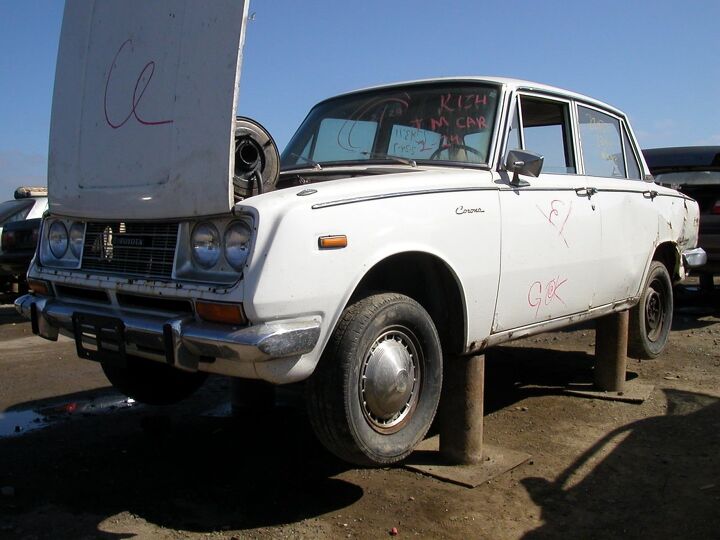


















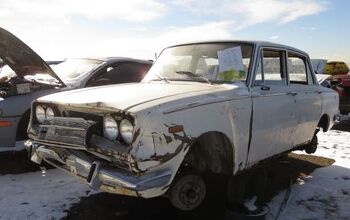
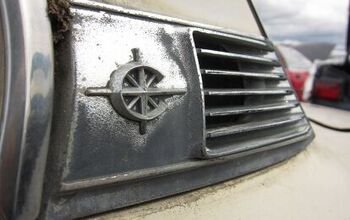
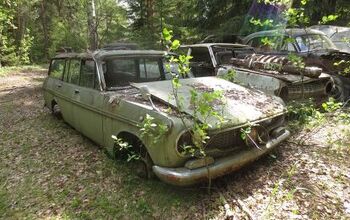

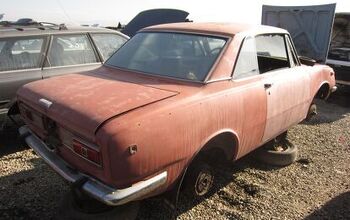













Comments
Join the conversation
This version of the Corona was the first Japanese sedan I recall seeing in big numbers. It was one of the rare cars where , to me , the four door sedan's styling , with its swept back lines , came off better than the coupe. I knew a number of people driving these in the seventies . Never saw one with a column shift , I only recall them with a floor shift manual , though for a while , IIRC the floor shift was also initially a three speed . Personally owned 2 cars with 3-speed on the column, sixties Falcon and Malibu . Once years ago drove a sixties Mercedes with a 4 speed column shift and I do recall it seemed better shifting than the domestic ones . In the nineties here in Houston there was an odd rent- a -wreck place that would rent late eighties Econolines with a 3-speed and no A.C. the price was quite cheap ,so I rented them a few times . Pieces of junk but entertaining as a novelty.
I spent much of my childhood in the Philippines, and in those days almost all the taxis were this exact car. I remember going to the US and being astonished at how enormous the taxis were. Why? I actually still wonder that, given how most taxis are not taking families of four with luggage to the airport on most of their trips.